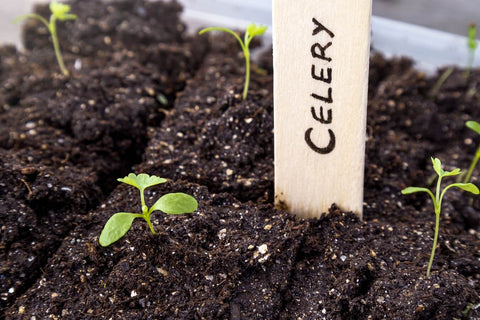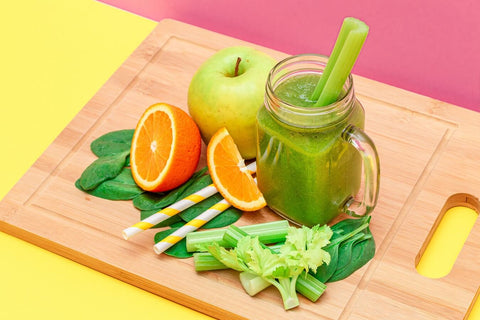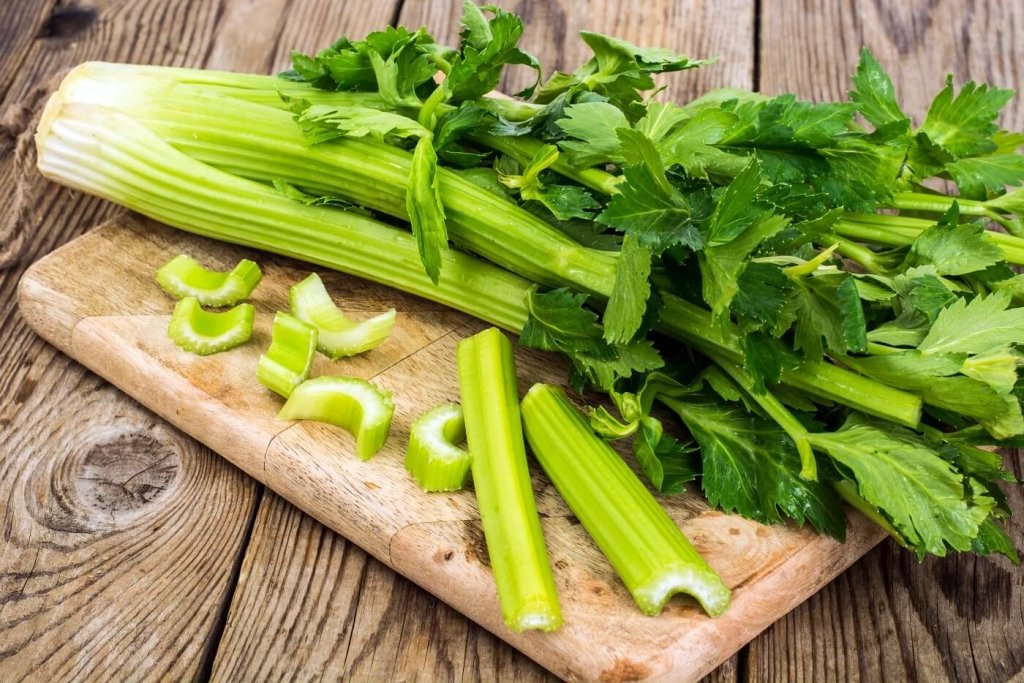Celery is a traditional kitchen vegetable, yet often overlooked when it comes to home gardening. What is causing this? It turns out celery has special growing requirements, needing an extended period of cooler weather, compelling gardeners to start their seeds indoors. However, with some effort and dedication, there is no reason why you should not include celery in your upcoming seasonal planting plans!
Types of Celery:
The best way to achieve delectable celery is by trenching, which requires mounding soil against the stems as they grow. This process works similarly to growing asparagus and involves planting the celery in a shallow trench for easy access when it comes time to mound more soil around them.
Self-blanching celery varieties are known for their superior flavour, as the leaves naturally block light from reaching the stalks. This prevents dark pigmentation that can lead to a bitter taste undesirable in quality celery.
Growing Information:
To hasten germination time, let the seeds soak overnight in warm water. Afterwards, press them into the soil without covering it. The soil should stay moist as this herb favours humid and soggy conditions. Gradually expose your seedlings to outside weather before transplanting them outdoors for harvest; you may pick individual stalks or reap a whole plant! Germinating celery can take two to three weeks at 15-21°C (room temperature).

How to use celery:
Celery is an incredibly versatile ingredient in everything from soups to cocktails and salads. In oriental cooking, it adds a unique flavour to dishes; for the best celery experience in Asian cuisine, check out our Happy Valley Seeds varieties! If you are looking for more health benefits than its culinary uses provide, consider juicing with celery - full of antioxidants and water content that can help reduce inflammation and cleanse your liver.


